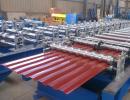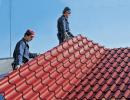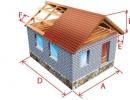Flat roof: pluses and cons, a device from a professional flooring. Flat roof device with your own hands
While the unusual decoration of country cottages is a flat roof. It is believed that flat roofs are intended only for urban development or for industrial buildings. But it is not. Roofs of houses in historical neighborhoods are often scanty. And in a private house you can make a flat roof.
Now we will look at what it is, what is the advantages / minuses and how to perform a flat roof with your own hands.
Types of flat roof
Structurally flat roofs are divided into two main types: on beams and those in which the concrete slab is at the base.
Flat roofs are never absolutely flat, a small angle (within a few degrees) is still there. This is necessary for water drain. Otherwise, she will be forced on the roof.
Most often on flat roofing, the inner drains are arranged: the funnels are mounted in the roof, the risers from them pass through the interior. Funnels are placed on a reduced part of the roof, at the rate of one riser at 150-200 squares.
Waterproofing around the funnels are reinforced, the cable heating is also recommended (so that the water in the riser does not freeze). If the flat roof without parapet, and the angle is decent (from 6 degrees) the drainage system can be the standard outer, as for pitched roofs: chute and pipes.
The roofs are divided into functionality, a roofing cake device and the type of coating. Here are some major varieties:
- Non-exploited roofing is flat. It is erected solely for the sake of originality and saving material. In strengthening design does not need.
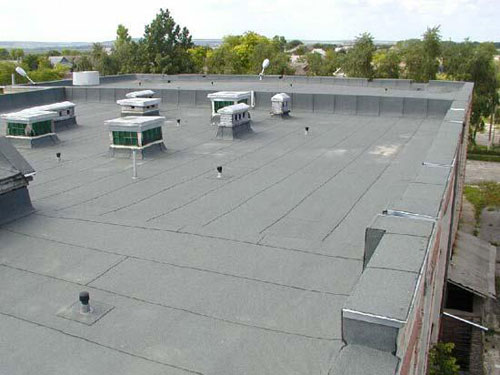
- Operated flat roofing. It can be used for all purposes, starting with the placement of the outdoor pool and ending with the car parking.

The type of overlapping depends on the target: it is obvious that at high expected loads, the base should be a concrete slab. But this does not mean that the whole building should be brick or concrete. For example, a flat roof in a wooden house can also be operated. Of course, it is impossible to use it as a helicopter platform, but to arrange a solarium, break the garden or put a gazebo for tea drinking - quite. Of course, it is impossible to do a rarefied crate, only solid.
- Traditional roof. The classical execution of the roofing cake: a waterproofing layer on top of the insulation, the base is concrete, for the outflow of water - a ceramzite concrete (inclined screed).
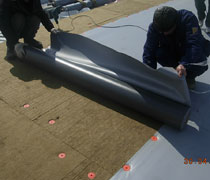
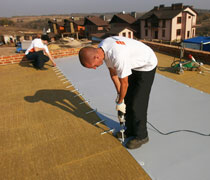
![]()
- Inversion roof. Here, the insulation lies on top of the waterproofing and protects it from damage. The floor can be separated by sidewalk or ceramic tiles, can also be planted here. Mandatory requirement for inversion design - an angle of 3-5 degrees.

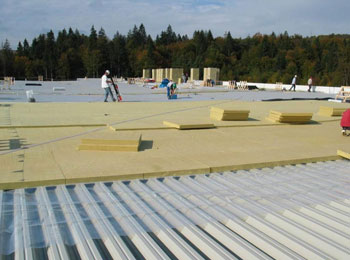
The roofs are attractive and unbelievable. Both species have their own advantages: the presence of a attic allows you to place all the necessary communications on it (ventilation pipes, an expansion tank of heating, etc.), an aircraft roof can be made operated.
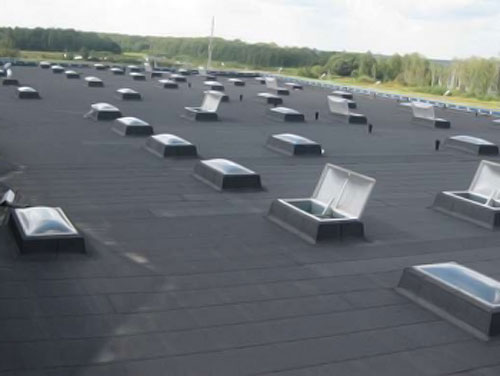
One of the options for a non-Cellular design is a flat combined roof: an attic overlap is combined with a roof, the bottom side is a ceiling in a residential room.
note
On the device, these roofs differ from simple unbalanced, it is impossible to make them exploited.With the height of the house ten meters and above, as well as on the operated roofs, parapet is installed in obligatory. For exploited - no less than 1.2 meters.
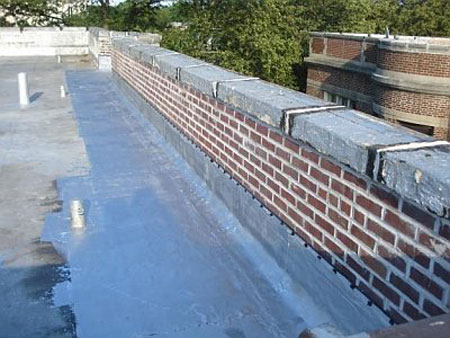
If the roof is not operated, and the cottage is low, you can perform a flat roof without a parapet or install enhancement lattices instead or even do without them.
Total Flat Roof Device
Obviously, the operated roofs of different destination will differ in the device:
The most common coverage is a flat roof. This is low cost, simplicity and high laying speed, excellent waterproofing. The cheapest material that can be covered with a flat roof - runner.
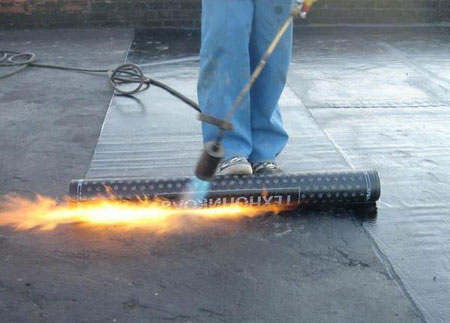
Disadvantages of rolled materials (and rubberoids in particular) - small durability, low mechanical strength. For the operated roofs "with high patency" preferably tile.

The flat roof of the and flat roof of the corrugated floor can only be performed in the non-exploit version and in the presence of the necessary slope. When choosing a material, you need to get acquainted with the instructions for the model: some types of professional knots and metal tiles allow laying on the roofs with a slope less than 11 degrees.
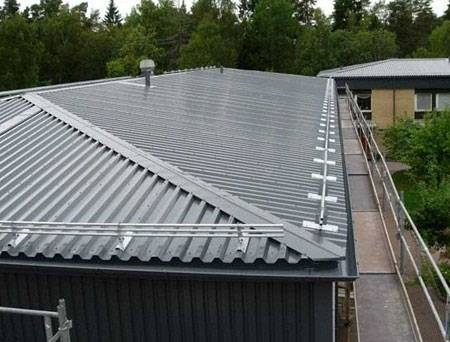
Some brands of the professional leaf can also be used as a base for non-exploitable roof, instead of plywood or concrete slabs.
There are other coatings for non-exploitable roofs:
- Polycarbonate;
Pros and cons of flat roofs
Advantages:
- Original view. Flat roofs in cottages are rarely found.
- Ability to operate.
- Flat roof - simple installation and saving on materials. But it depends on how you plan to operate the roof. And the construction will cost even more expensive than the expensive scope roof from ceramic tiles.
- Stacking coverage, maintenance, repairs on a flat roof. Perform easier than on the scath.
- Flat roofs windy, the scant has sailboat.
Minuses:
- The plane roof flows more often than scope. Permanent monitoring of the state of the waterproofing layer is necessary.
- The need to clean the roof from snow.
- Roof Roll flat requires more frequent repair and change of coating than metal products, tiled and other scope.
So what is the roof better, flat or scope? Exceptionally the case of taste.
Build a flat roof
Consider the option when the professional list is used as the roof base:

1. The sheets are stacked on the beams (rafters). The step between the rafters depends on the profile. For example, for carrier profiles with a corrugation height of 6-7.5 centimeters (H60, H75) step between beams 3-4 meters.
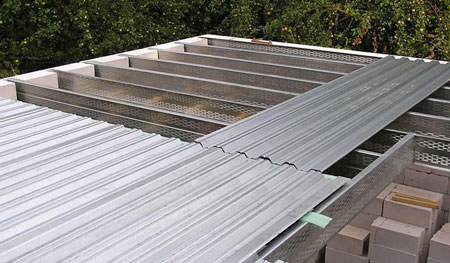
2. Laying a vaporizolizing film. The film is placed with the allen, the joints need to be sealed with the assembly tape.
3. Thermal insulation. For this purpose, minvati plates are usually used. Note that the lowering of the corrugations should also be filled with insulation.
4. Waterproofing. Polymer film is suitable for this purpose. If the insulation is Minvat, you can also use the waterproofing, because Vata - non-flammable material.
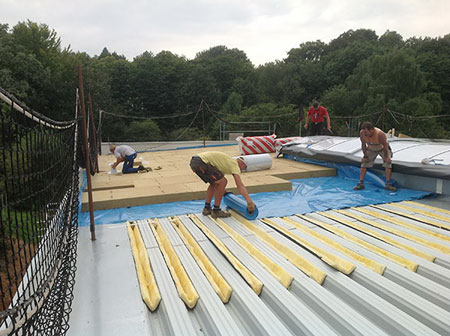
5. Finish coating. You can also use the weaving. The roof slowly rolls the roll, heated by its burner along the entire length. The weld coating is pressed to the roof and smoothed.
6. On flat roofs, it is possible to put the floor roof in several layers.

In other cases, the flat roof on wooden beams is arranged more traditionally: the beams are nourished with a solid crate of plywood or OSB, the roofing pie (vapor barrier + basalt wool) is guided by a waterproofing layer and rolled roof.
If you are interested in a flat roof with a more complex device, please contact us: we will perform the roof of any complexity quickly and at an affordable price.


